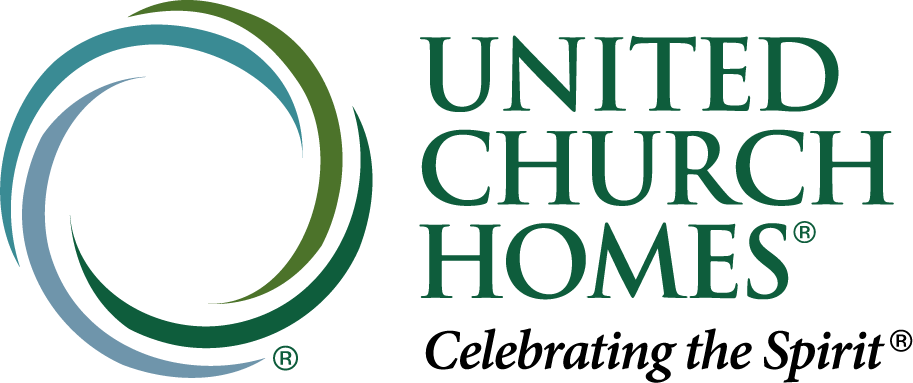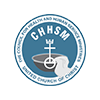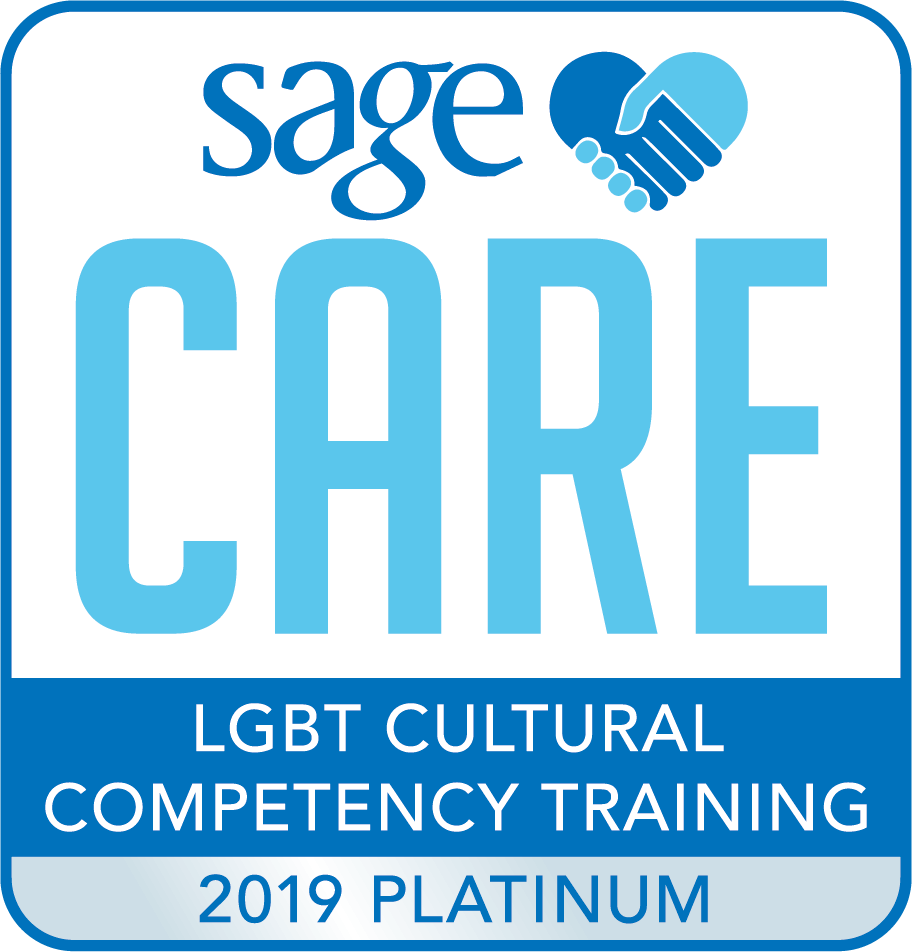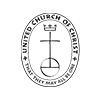This is the first of three blogs looking at opportunities for congregations to accompany those who are planning for and in the midst of retirement. Much of the research inspiration for these conversations comes from a recently published study conducted in partnership with Edward Jones and Age Wave. This research began prior to 2020 and has been continued throughout the pandemic.
There are most likely more than a few members of your congregation who have completed the chapter of their life when they had to work for health insurance. In other words, they are no longer engaged in their primary careers. They have retired—a term that is increasingly being challenged by the current generation who are experiencing this threshold. Many feel that the word should be…. well, retired.
Today’s individuals who reach the age of retirement face a possible 20-30 years before life’s end. Fifty percent of those who reach their 65th birthday will also celebrate into their 80’s.
We added a couple of decades onto the average life span in the past century. This is due in part to the fact that we added antibiotics to our medical arsenal, which significantly lowered infections and infectious diseases as causes of death—at least pre-COVID19. Access to healthcare throughout the life span and access to housing and education are also significant factors in adding these additional years.
Here in the 21st century many live very well with treatment for diseases that killed previous generations. Lowering risks to heart disease and strokes, increasing advances for living with diabetes and other chronic diagnosis have not only extended life, but created a longer health span. Yes, there may be a period of time near the end of life when illness and disease take hold. But the period of time during which health is controlled and supported with medications and other therapies has significantly increased the distance and quality of life between retirement celebrations and funerals.
Not their Parent’s Retirement
And yet, there remains a whole lot of thinking about retirement from a 20th century perspective when life expectancy was closer to the traditional retirement age. The generations who we watched enjoy their retirement years often enjoyed the stability of monthly income from pensions. Today, most rely on 401k(s) which are much less consistent. Which leads many to worry if we will have enough money to support our longevity.
Joe Coughlin from MIT’s Age Lab notes that these years could be roughly 1/3 of a person’s adult life. Joe points out that “time with grandchildren, travel, 3,000 rounds of golf, and a few cruises will not fill those 8,000 days of today’s retirement.” So how do we plan for and envision this time in our life?
Previous generations who worked in the northern climes, sought warmer temperatures along the southern shores and regions. In his article, The Making of Generation U & Why A New Model of Retirement Advice is Needed Now, Coughlin suggests that “Choosing where to live is no longer a choice between brochure-based visions of beaches, golf courses, and bikeways. Climate change should now be a consideration in retirement planning.”
And because our grandparents had more children, they were more likely to have at least one of them living nearby to serve as their primary support when needed. There are far more people today who are single and who either don’t have children or whose children do not live close at hand. These older adults have to navigate significant decisions when they may be moving out of their health-span and find themselves having to make significant decisions on their own when they are also the most vulnerable.
Not Just Financial Advice
There are a whole field of experts preparing themselves to assist each family in their planning for many of these complicated calculations and decisions. They are aware that financial advice is not the only key to success during this last third of adulthood. There are other, equally important considerations which revolve around our need as human beings to have a sense of purpose and meaning each and every day we are alive.
Ken Dychtwald, the founder of Age Wave, a leading organization providing thought leadership in most things in the field of age, has worked with the financial services company Edward Jones over the course of the past couple of years looking at retirement. Through their research they have identified four areas that older adults have collectively identified as being most important after retirement: Health, Family, Purpose and Finance. In the most recent study, over three-quarters of those planning for their retirement wished there were more resources to plan for the three non-financial Pillars of Retirement.
The advisers that work with Edward Jones and other financial services organizations are very interested in this research as they are helping to prepare their employees to not just talk about the financial planning with their clients, but to look at the other three pillars. My question to clergy and the church then is, how might we also provide opportunity for those preparing for this time of life? How can we accompany them as they plan for and address their needs in regard with family relationships, their overall health and discovering their meaning and purpose in later life? It seems to me that these are all directly linked to spiritual health, understanding how we can truly be members of the body of Christ in the world and our participation in the communities which surround us.
This is the first of three blogs to challenge our thinking about the role congregations can play in accompanying those who are writing the chapters that will encompass the last third of their adult lives. The second blog will consider how people are thinking about their next life chapter. The last piece will look more specifically at the research and explore ministry and pastoral care opportunities.
11/15/21 17:30
View all articles by:






















